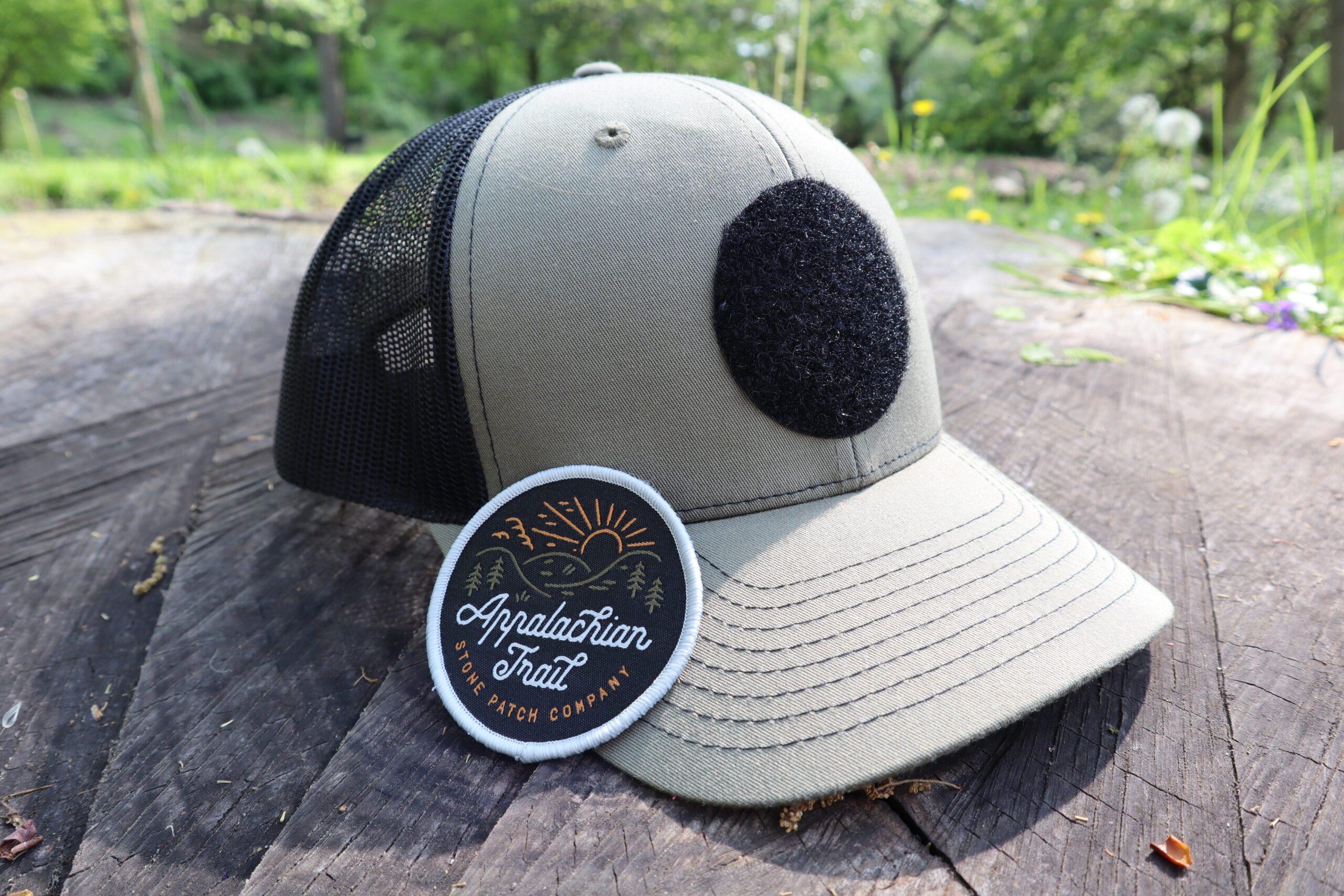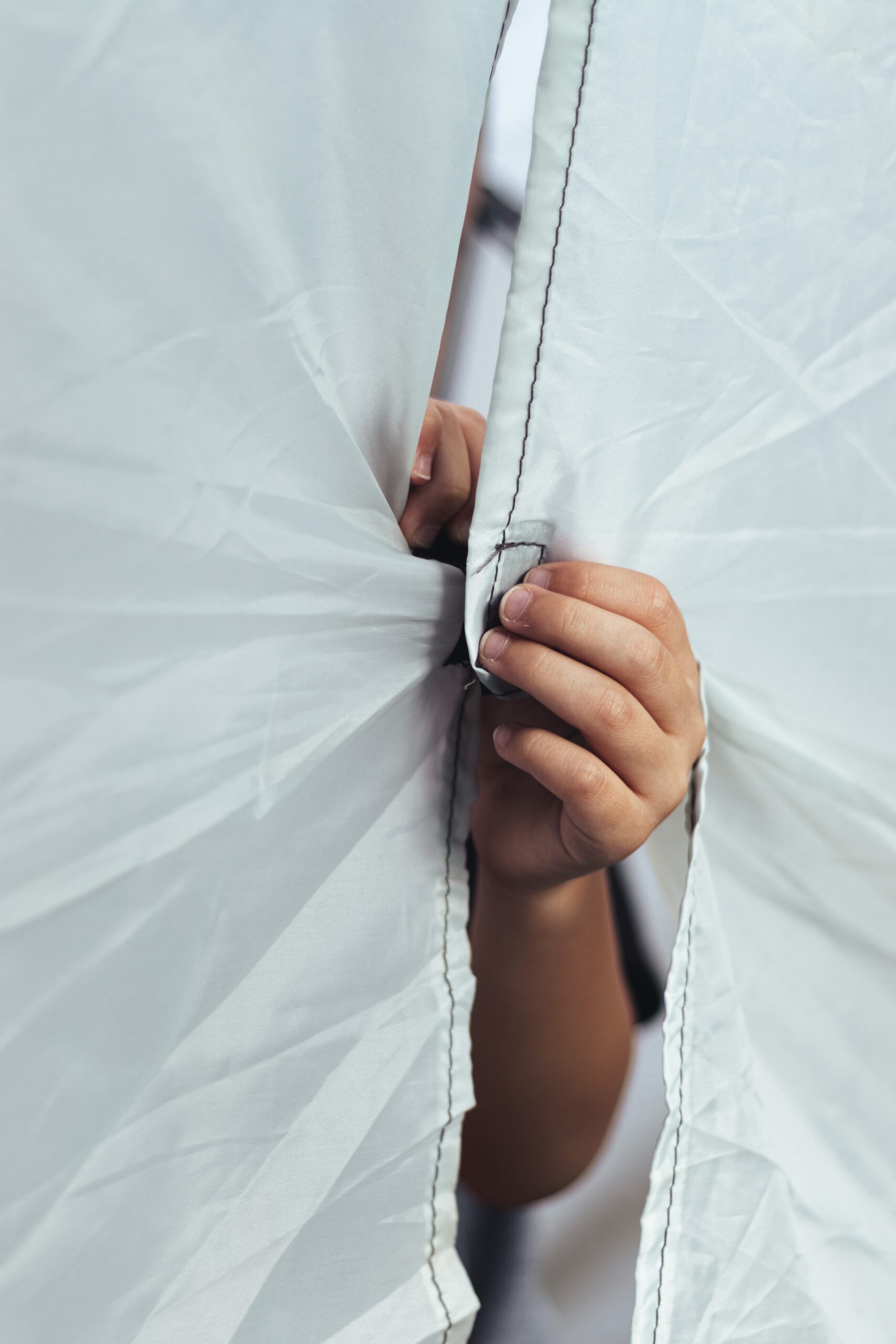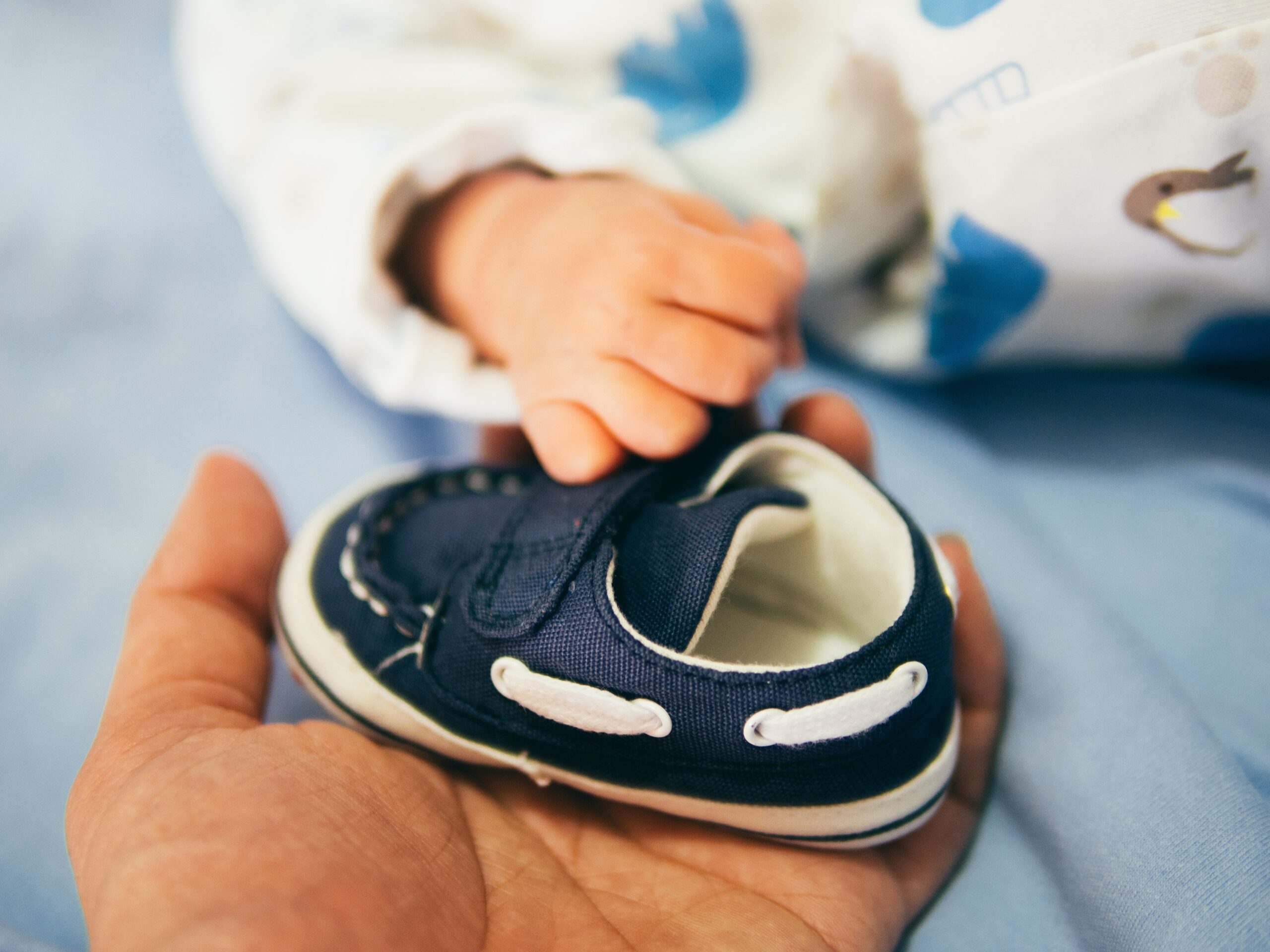During the 1950s, George de Mestral, a Swiss electrical engineer, established Velcro, which is currently recognized as Velcro IP Holdings LLC and operates under the trade name Velcro Company. This privately owned British enterprise was founded by de Mestral. It was the first company to produce hook-and-loop fasteners, which de Mestral invented.
The company continues production and distribution of the fastening system. Velcro was originally conceived as a garment fastener, but it is now utilized in a vast array of industries and applications, including healthcare, the military, land vehicles, aircraft, and even spacecraft.
Continue reading to learn more about Velcro!
Origins of Velcro
Velcro is a form of fastener for clothing that was inspired by nature. In the 1940s, while walking his dog, Swiss inventor George de Mestral observed the interesting shape of the cockleburs that had adhered to his pant legs. The cockleburs, as observed by the inventor, exhibited a progression of naturally occurring hook-like structures that facilitated their attachment to mobile organisms, including both animals and humans. In the case of Mestral’s pants, the soft material acted as a series of extremely small loops into which the cockleburs’ hooks could easily enter. Mestral observed how difficult it was to remove cockleburs from apparel and decided to replicate the fastening mechanism using fabric.
The fastener consisted of two parts: a fabric strip with minuscule hooks that could ‘mate’ with another fabric strip with smaller loops, temporarily attaching until pulled apart. The fastener was initially made from cotton, which proved impractical, but was ultimately constructed from nylon and polyester.
The term “Velcro” is derived from the combination of two French words, namely “velour” (meaning “velvet”) and “crochet” (meaning “hook”). This portmanteau was assigned by De Mestral to both his invention and the Swiss company he established, known as Velcro SA.
Finding the “Right Stuff” De Mestral’s initial obstacle was locating a material that could be used to construct a strong bonding system. De Mestral first experimented with cotton with the assistance of a weaver in Lyon, France (an important textile center at the time).
The artisan developed a preliminary model comprising of two cotton strips, one covered with numerous hooks and the other adorned with several loops. However, De Mestral discovered that the cotton was too delicate to withstand repeated openings and closings.
De Mestral continued his research for several years, searching for the finest material for his product and the optimal size of loops and hooks.
After repeated testing, de Mestral concluded that synthetic materials were the most effective and resolved on heat-treated nylon, a strong and resilient material.
To mass-produce his new product, de Mestral also had to design a special type of loom capable of weaving fibers of the precise size, shape, and density; this took him several more years.
De Mestral had finalized his enhanced version of the product by 1955. Each square inch of material contained 300 hooks, a density that had demonstrated to be both strong enough to remain fastened and simple to detach when necessary.
Velcro Takes Off
De Mestral initially intended Velcro to be used as a “zipper-less zipper” for clothing, but this concept was initially unsuccessful. During a 1959 fashion display in New York City that featured clothing with Velcro, critics deemed it unsightly and cheap-looking. Thus, Velcro became more associated with athletic apparel and equipment than haute couture.
Velcro’s popularity skyrocketed in the early 1960s when NASA began using the product to prevent objects from floating in zero-gravity conditions. NASA subsequently added Velcro to the space suits and helmets of astronauts, finding it more convenient than the previously used snaps and zippers.
In 1968, Puma introduced the first footwear with Velcro fasteners, replacing shoelaces for the first time. Since then, Velcro closures have revolutionized children’s footwear. Even very young children can independently fasten their Velcro shoes before they learn to tie shoelaces.
How Velcro is Made
Velcro consists of two distinct surfaces. One side is composed of rigid hooks, while the other side is composed of flexible loops. Both sides of a Velcro strip are composed of nylon, but the process for creating hooks and loops is distinct. The hooks are produced beneath an infrared lamp, which helps shape them and imparts the necessary stiffness. The loops are composed of matted nylon filaments that serve as the hooks’ counterparts. As with the cockleburs, this design is incredibly straightforward, yet highly effective.
When the two halves of a Velcro strip are pressed together, the hooks and loops come into contact. A single Velcro strip contains literally hundreds of thousands of barbs and loops. Not every hook will catch in a loop, but enough hooks will become entangled with enough loops to produce a very strong bond. The stronger the hooks’ grip on the loops, the greater the pressure applied to the monofilament. When sections of Velcro are subjected to tension, for example, when Velcro strands are pulled through loops in shoes, the adhesive bond between the two components is enhanced, resulting in increased strength.
How We Use Velcro Today
Velcro is used virtually everywhere today, from healthcare (blood pressure cuffs, orthopedic devices, and surgeons’ gowns) to clothing and footwear, sporting and camping equipment, toys and recreation, and more. Most impressively, Velcro was used to secure device components together during the first human artificial heart transplantation.
The military also employs Velcro, which has recently endured modifications. Velcro has been temporarily removed from military uniforms due to its propensity to become less effective in dusty regions (such as Afghanistan) and its tendency to be too noisy in combat situations.
In 1984, on his late-night television program, comedian David Letterman catapulted himself onto a Velcro wall while wearing a Velcro suit. His experiment’s success spawned a new trend: Velcro-wall leaping.
Uses of Velcro Trademark in today’s society
Velcro and its imitations can be found on virtually every item. It is utilized on apparel, shoes, purses, coats, and jackets, among other items. It is utilized on medical equipment including blood pressure monitors and wheelchairs. NASA employs Velcro to keep objects attached to solid surfaces in space to mitigate the effects of weightlessness.
Velcro’s hook-and-loop fasteners are pre-coated with special adhesives at the factory. Peel-and-stick varieties serve a variety of purposes and are utilized throughout the residence. The vast majority are latex-free and consumer-ready. There are varieties of peel-and-stick adhesives designed for both high and low temperatures, as well as interior and outdoor use. Heat and solvent-activated Velcro adhesives are frequently used for commercial purposes.
Today, Velcro has expanded to produce specialized products for nearly every industry, including the United States military. Velcro has designed hook-and-loop adhesives for the military for more than three decades. Velcro also manufactures flame-resistant hook-and-loop fasteners for blankets, upholstery, and carpeting. In the past 50 years, knit nylon loops and molded hook fasteners have been introduced to the Velcro product line.
To conclude
Velcro has leveraged its innovation and intellectual property to become the global leader in hook-and-loop fasteners, from its humble beginnings under a curious Swiss inventor’s microscope to today’s high-tech assembly lines. Utilizing patents and trademarks to its advantage, the company was able to create an internationally recognized product and brand name. Velcro brand products are synonymous with quality, convenience, and durability, and they continue to have a wide variety of commercial and industrial uses.



